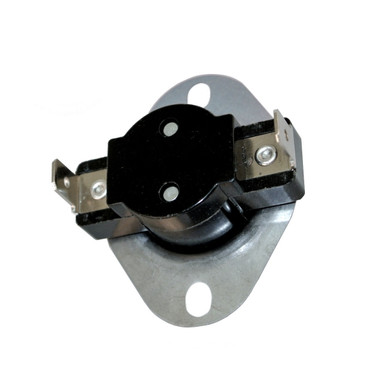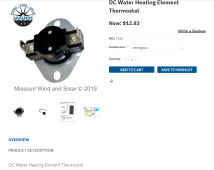I want to run a hot water heater off 24V DC battery power (24V 715 AH lithium). My idea was to connect the water heater to AC power and use the thermostat wires that would go to the heating element to activate a relay that would close a DC circuit to power a DC heating element. Are there low voltage high amperage, DC relays that are controlled by AC. What are they called and what brands would you recommend? Thanks.
Edit: also, does anyone know a website that sells a 24V 900W water heater element. All the ones I have found with the exception of one questionable looking solar website has been eBay, Alibaba, amazon or similar websites. With something like a heating element, I want to make sure it's a quality product for safety reasons.
Edit: also, does anyone know a website that sells a 24V 900W water heater element. All the ones I have found with the exception of one questionable looking solar website has been eBay, Alibaba, amazon or similar websites. With something like a heating element, I want to make sure it's a quality product for safety reasons.






